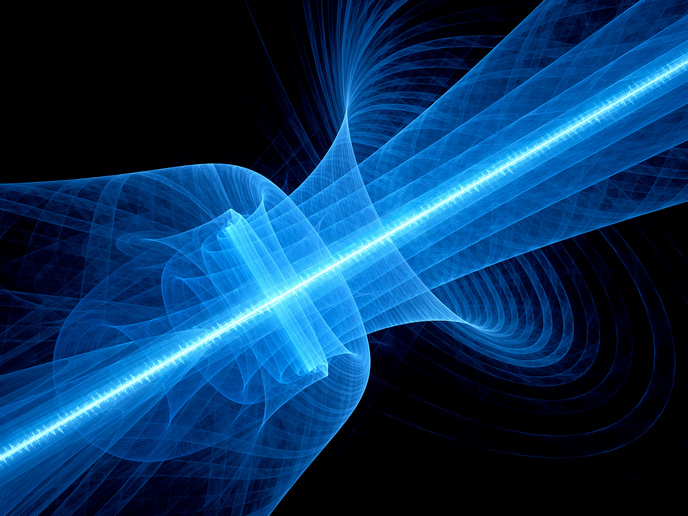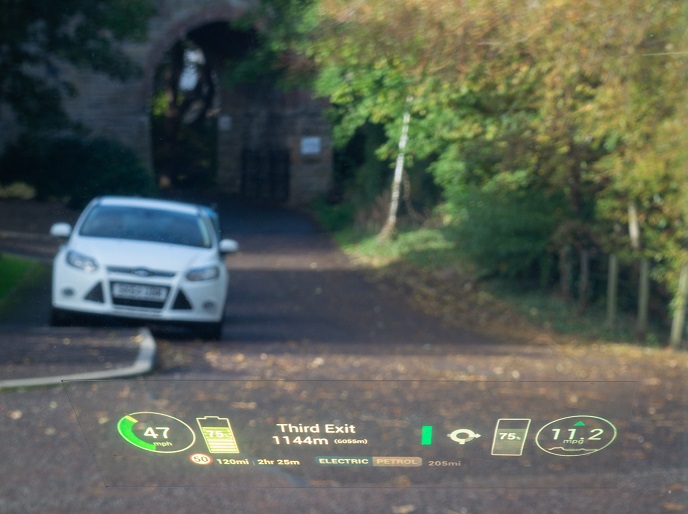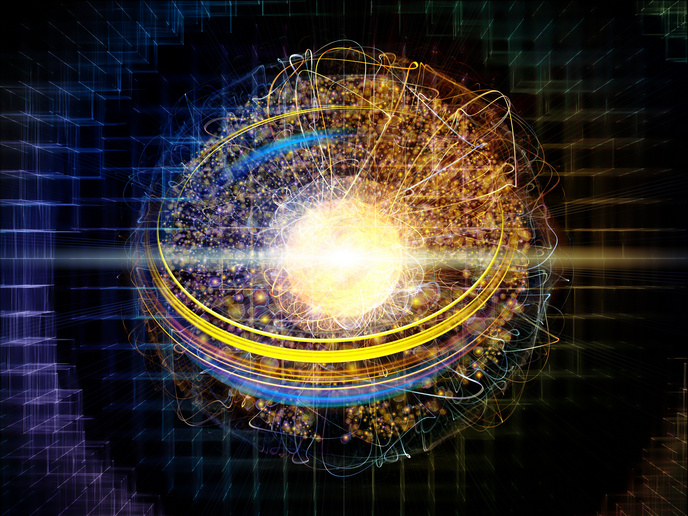Superconducting circuits for quantum information
To construct an electronic circuit, electrical engineers base their design on precise knowledge of the properties of each component. All resistors, capacitors, transistors and microchips come with a detailed specification sheet, describing how each electronic component will process different signals. The task of assembling a superconducting quantum circuit as part of the 'Advanced quantum measurement and detection for superconducting quantum circuits' (SQUBET) project followed the same requirement. SQUBET researchers applied quantum tomography to identify function of circuit parts. Specifically, they needed to verify expected quantum gate action and the identity of the input quantum bits. The scientists used photons as quantum bits, which act as a quantum information processor when working together. A highly sensitive superconducting microwave detector was developed for determining the number of photons in a light pulse. A theoretical model of the detector's performance was also formulated based on the Kerr effect, where photons hopping between neighbouring reflective cavities lead to a wealth of phenomena. A detailed study of errors in quantum tomography diagnosed the presence of noise in the measurements. However, research work within the SQUBET project was not restricted to measurements and their subsequent analysis. The investigation covered all aspects – from the detector's design andfabrication to instrument commissioning. After the completion of the SQUBET project additional work is underway. The vision is accurate theoretical descriptions of the properties of each component in a quantum circuit. Ultimately, for each input quantum bit, researchers will be able predict the output after it has been processed without a priori assumptions regarding the complex circuit.







